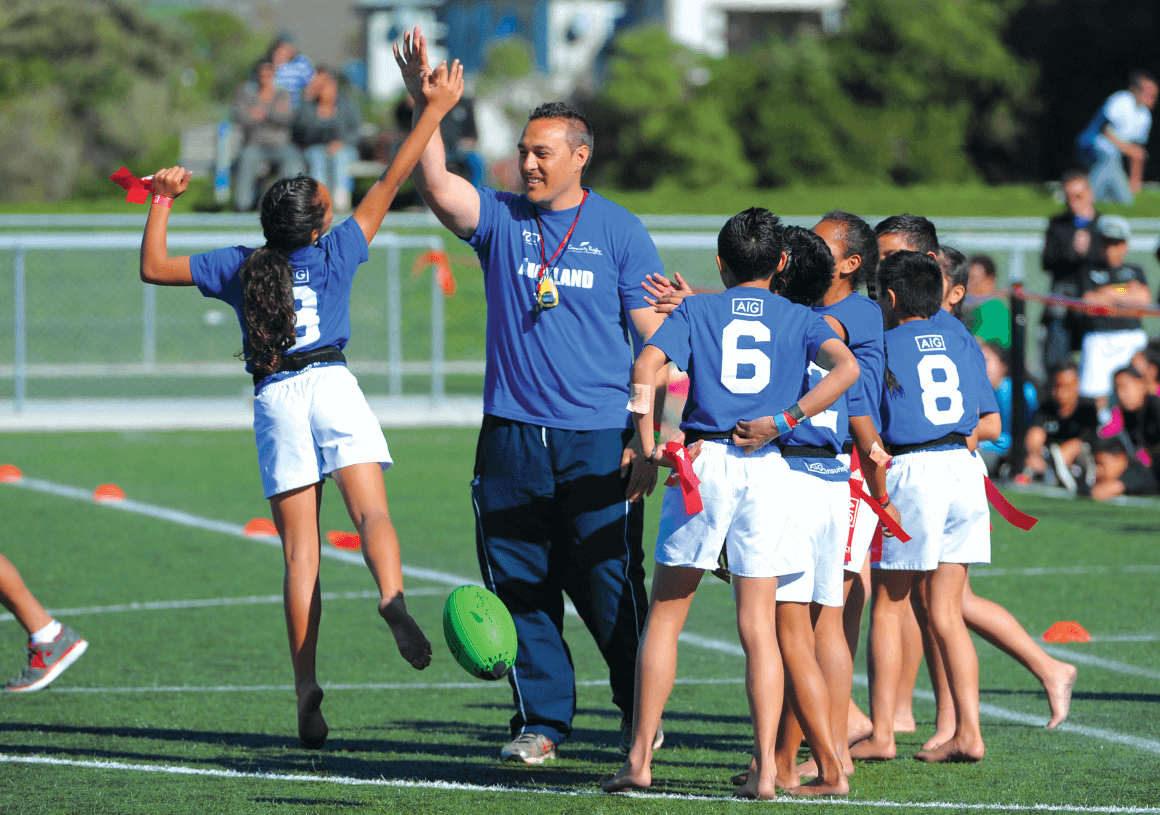Youth Sport
1Ask any parent why they like the fact their kid plays sport, and they’ll likely say “it’s good for them to be active and they have fun.”
Do they really, though?
There’s been plenty said about the SportNZ initiative to address drop out in youth sport, and if you’re in the Sportsfreak orbit I’m sure you’re aware – it’s been a sport and mainstream discussion this week.
With a focus on fun and skill development in younger age groups, and a move away from representative sport and early specialisation, there’s been a lot of support for the idea. Who doesn’t want kids to have fun? There’s also the camp who believe this can be achieved while still allowing kids to be competitive and be sorted by talent in their pre-teens.
For that to happen, what we need is a top-to-bottom attitudinal change.
No one likes to think of youth sport this way, particularly thinking of their own child this way, but early representative competitions result in the have and have nots. It can be as blatant as “You only made the B team and we made the A team”, or as subtle as people wearing rep socks or caps to school or club training. We have to remember that kids and teens are not mini-adults – in the context of peer acceptance being the be all and end all, this type of thing matters, and sometimes makes an indelible mark – the worst-case scenario being quitting the sport for good. Young kids, particularly young girls, compare and contrast constantly, and it’s not always private or well-meaning. An early representative structure enables more of this behaviour – often unfairly, as at this level, talent is not always the defining factor of making rep squads.
I’ve spoken to an ex-swimming coach who quit coaching at club level, disenchanted and slightly ashamed by having to teach eight year olds how to win, instead of how to enjoy the water. That same coach quit his own competitive swimming career at 17, not because he wasn’t good enough (he held multiple national titles), but because he felt that by that age, he’d had enough of the sport and the required 20-hour training weeks. He felt he’d reached his quota of swimming before he’d finished his schooling. He knew it cost him the chance at an American college scholarship, but he simply didn’t want to compete any longer. With the benefit of hindsight, and increased insight brought from being a coach and now swimming teacher, he knows that a “head start” doesn’t mean much in his sport – talented swimmers who begin competing at 12 or 13 still find their way to the top among those who may have started at 8.
I had my own brush with the early specialisation brigade. Hockey was my first sporting love, and once I also fell in love with cricket, it seemed perfect – cricket in the summer, hockey in the winter. But before I was 13, I was told if I ever wanted to ‘do anything’ in hockey, I needed to drop cricket. Morning trainings, after school practices and games were not to be missed for anything other than death-bed sicknesses. I protested, with childhood innocence, that I enjoyed both, but was told that because hockey was “a much more competitive girls’ sport”, I’d be left behind if I didn’t give 100%.
Spoiler alert: I stopped playing hockey and played cricket instead. I had no regrets, and still don’t, but do now have the perspective to realise just how ridiculous a request/demand that was.
Within cricket, I found a non-judgemental home. Perhaps it was a numbers thing at that time, where they couldn’t afford to turn any girls away. Perhaps it was because at our club in particular, the focus of practices was everyone having a go at everything, not pigeon-holing anyone into being a batter or bowler. Our batting order changed weekly for the first few years I played, so everyone at least had an opportunity to bat for a long time. That might be the advantage of the nature of cricket as a sport, having two or three very distinct skills. It gave players more than one thing to focus on, more opportunity to work out what they enjoyed, and eventually, what they were good at. Don’t get me wrong, we definitely had our ‘stars’, but that team stayed in place for four or five years because we all had a good time and were made to feel valued, no matter how many runs or wickets we contributed.
Maturation, both physical and emotional, hits everyone differently. A child might be a standout amongst his peers at 13 because he’s hit his growth spurt early, but that has probably evened out by the time that cohort reaches 18. How each is treated in the intervening years impacts how long they will stay involved in sport.
To paraphrase Nelson Mandela, sport speaks to youth in a language they understand, until grown-ups stuff it up. It’s our attitudes that need to be right to create the best environment for youngsters. If we’re not serving the personal development of children as well as talent and physical development, then we’re doing those children a disservice and deserve to be sent to the sin bin.
Follow Heather on Twitter


You’re a rare talent when you write stuff like this! Nice!